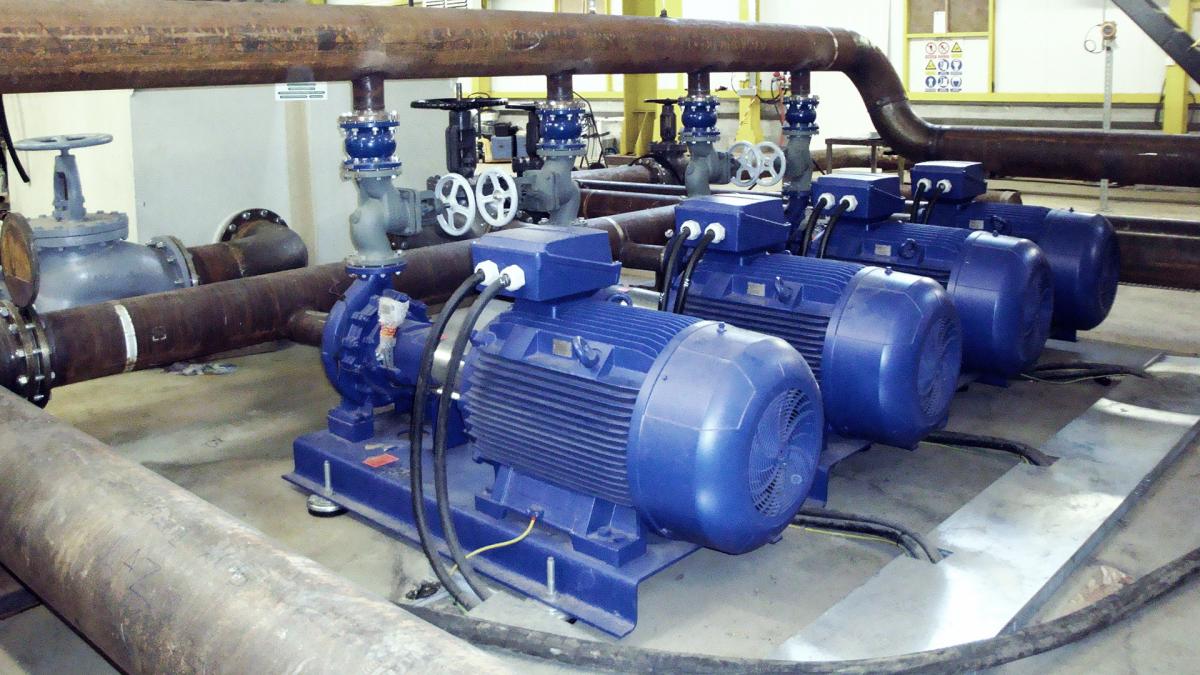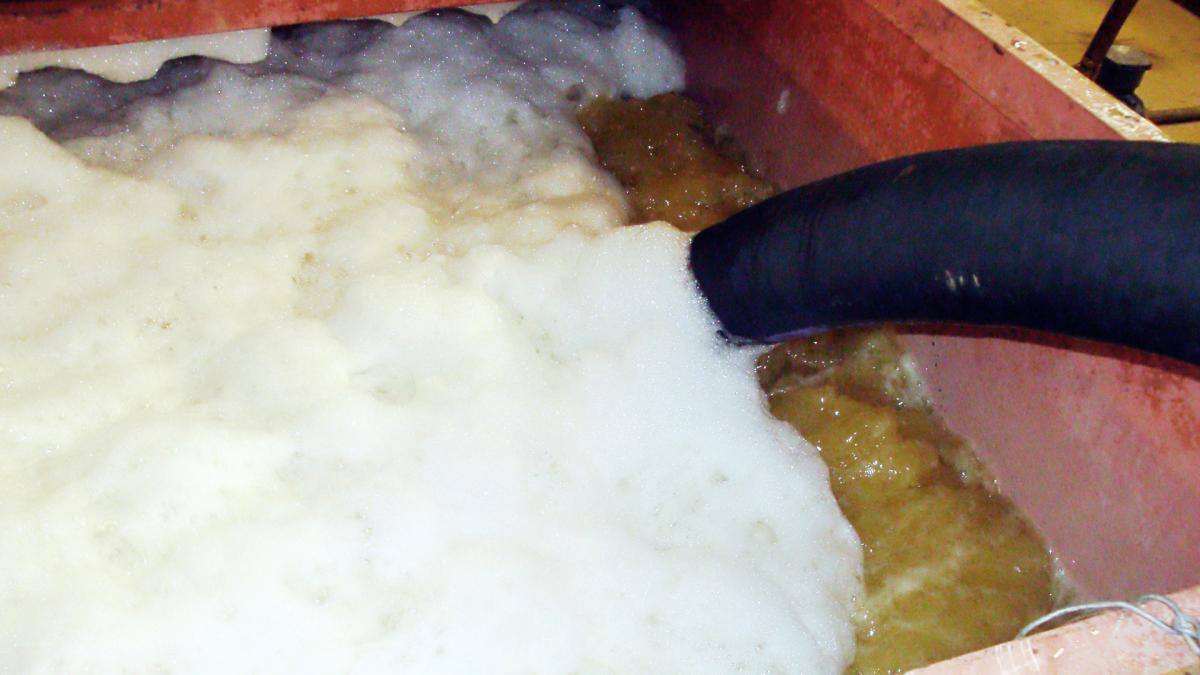 Special chemical cleanings
Special chemical cleanings
Chemical cleaning is the most efficient and economical way to clean process equipment and systems and achieve good performance.
AEKS d.o.o. performs chemical cleanings for all industry needs: Oil and Gas, Petrochemical, Pharmaceuticals, Food&Beverages, Aeronautic, Automotive, Power plants, etc. Additonally, we perform air blowing, steam blowing and pressure testing.
PRE-OPERATIONAL CHEMICAL CLEANING
Pre-operational Chemical Cleanings are a part of an industrial plant's startup procedures. This procedure is used to clean systems of any material residue after construction activity. Pre-operational chemical cleanings guarantee that plants will operate smoothly and correctly during startup and operation. Effective chemical cleanings increase a plant's lifespan by preventing future equipment issues.
MAINTENANCE CHEMICAL CLEANING
Maintenance Chemical Cleanings are part of the good maintenance practice in any kind of plants. It seeks to return the system to its intended/initial working state, improving heat exchange rates, removing the fouling/deposits, reducing corrosion and extending plants’ life.
Process technology and maintenance chemical cleaning frequency might change according on the specifications, requirements, and operation history of the system, and must be verified by laboratory tests on tubes collected from the most representative parts of the boiler.
There are fundamentally two kinds of Maintenance Chemical Cleanings:
- Water Side
- Fire Side.
WATER SIDE CHEMICAL CLEANING
It aims to restore the design operating conditions, to improve heat exchange rates removing the fouling, to reduce corrosion and to extend plants’ life.
Benefits:
- Safe for the equipment and installations
- Minimum Down Time
- Low Cost of Maintenanace
- Environment Friendly
FUME SIDE CHEMICAL CLEANING
Fire side fouling has a significant negative impact on the operation of the units, creating a highly corrosive and poisonous environment like:
- Loss of Power Production
- Reduced Heat Transfer Rates
- Decreased Efficiency
- Pipeline Corrosion
- Increased Combustion Chamber Pressure

